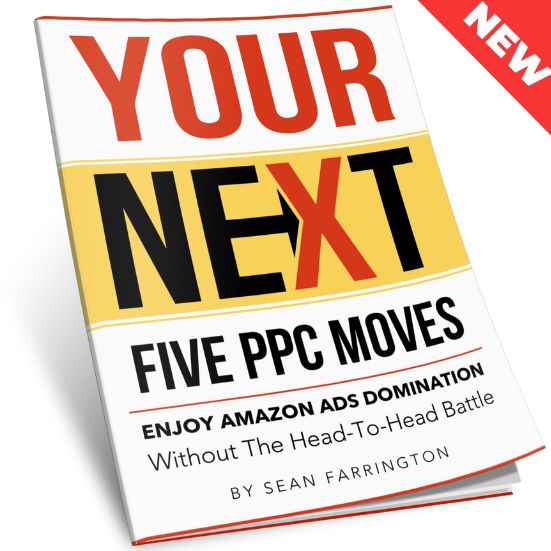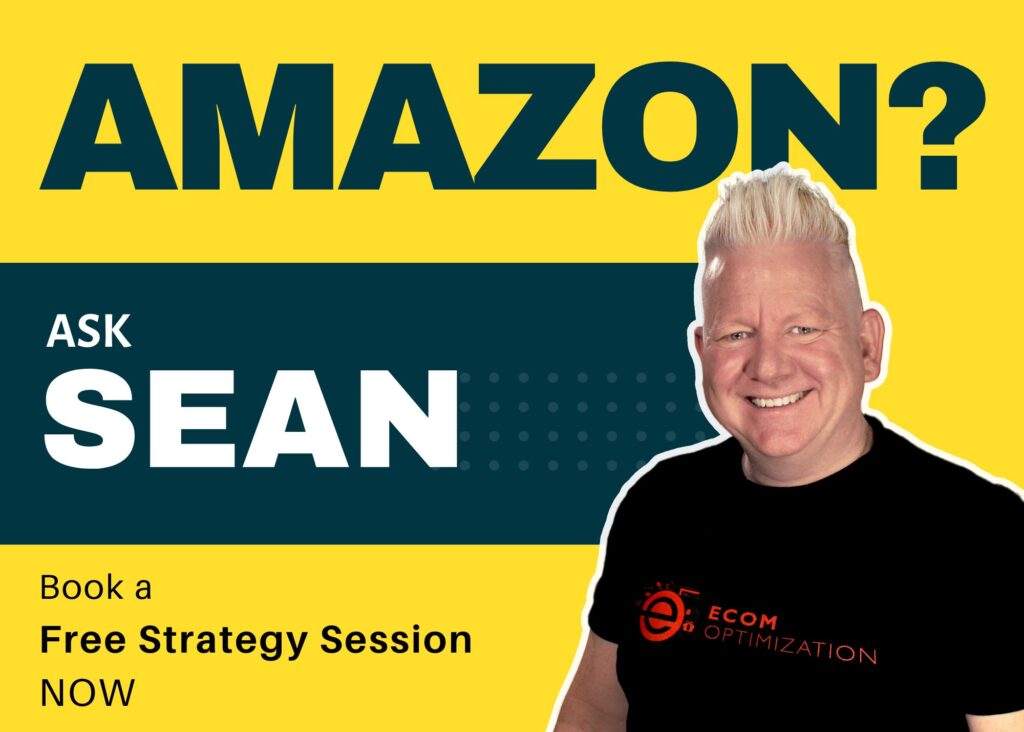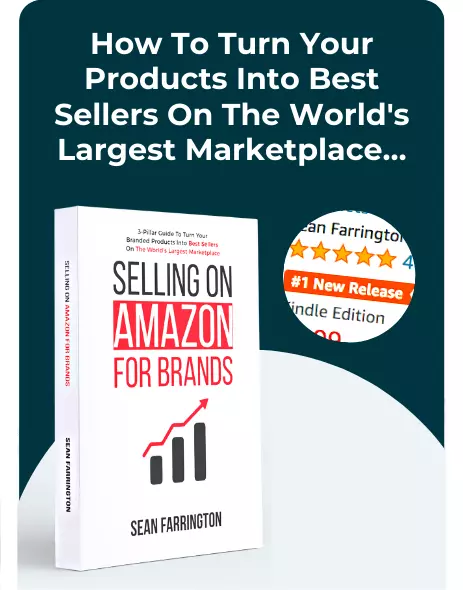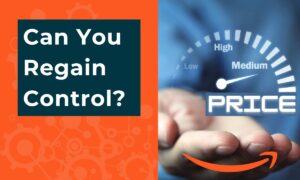ACoS Meaning: Should I Use It To Calculate and Optimize My Amazon Advertising?
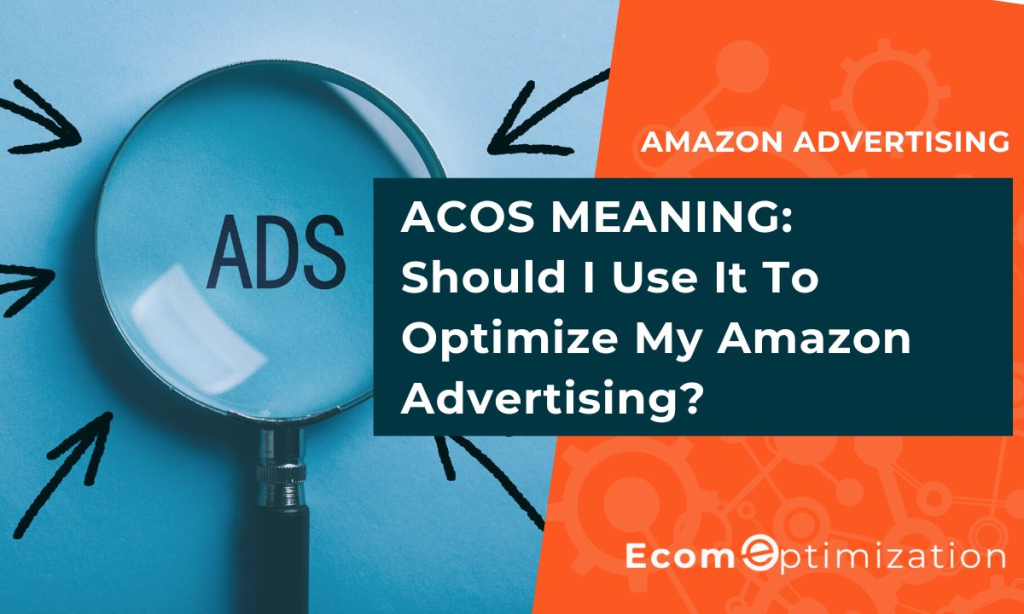
If you’re looking to understand ACOS meaning and if Amazon ACOS is useful for optimizing your Amazon advertising, you are in the right place.
As an Amazon seller, you want to maximize your advertising spend to generate as much revenue as possible. This is where the ACoS calculation comes in. ACoS stands for “ad cost of sales” and it measures the effectiveness of your advertising campaigns on Amazon. In this blog post, we will explore what ACoS is, how to calculate it, and how to optimize it to improve your ROI.
GET YOUR FREE COPY
(Limited Offer)
These are the shocking moves that your PPC specialist doesn’t know.
Now, you’ll be plotting super-profitable combinations that competitors never see coming.
This fast-paced PPC Playbook shows you everything, and it is all free. Why wait?
Table of Contents
What is ACoS?
The basics: ACoS stands for “advertising cost of sales”. On Amazon, ACoS is the relationship between how much a seller is spending on advertising and how much that spend is generating in terms of revenue or sales.
So essentially, ACoS is the ratio of your advertising spend to your sales revenue. It tells you how much you are spending on advertising for each dollar of sales generated. For example, if your ACoS is 30%, it means that you are spending 30 cents on advertising for every dollar of sales revenue.
ACoS is time-specific and can be analyzed at different levels, such as keyword, ad group, or campaign level. Lower ACoS is generally more desirable than higher ACoS, yet there are situations where a seller may intentionally want a high ACoS (ie working to gain Organic ranking).
Understanding ACoS and ROAS
While there are many metrics to measure your ad campaign’s success, the two most popular ones are ACoS (Advertising Cost of Sales) and ROAS (Return on Advertising Spend).
ACoS is the percentage of sales spent on advertising. For example, if you spent $10 on advertising and generated $100 in sales, your ACoS would be 10%. A lower ACoS indicates a more efficient ad campaign, as you are spending less to generate sales.
ROAS, on the other hand, is the amount of revenue generated for every dollar spent on advertising. For example, if you spent $10 on advertising and generated $50 in sales, your ROAS would be 5.0. A higher ROAS indicates a more profitable ad campaign, as you are generating more revenue for each dollar spent.
ROAS (Return on Ad Spend) is the opposite/inverse of ACoS (Advertising Cost of Sale), and it shows how your spending on advertising affects your profits.
Which Metric Should You Use?
The answer to this question depends on your advertising goals. If your primary goal is to maximize profit, then ROAS is the better metric to use. However, if your goal is to increase sales volume and visibility, then ACoS is the more appropriate metric.
For example, if you have a new product that you want to promote and increase visibility, you may be willing to spend more on advertising to generate sales, even if it means a higher ACoS. However, if you have an established product with a loyal customer base, you may want to focus your marketing strategy on maximizing profits and achieving a higher ROAS.
Optimizing for ROAS:
-
Identify high-converting keywords and products and increase bids for them
-
Focus on advertising high-margin products
-
Use ad targeting to reach your ideal customer
How to Calculate The Amazon ACoS Formula?
The formula to calculate Amazon ACoS is simple: ACoS = Ad Cost ÷ Sales Revenue.
Ad Cost is the total amount spent on advertising, and Sales Revenue is the total revenue generated from those ads.
For instance, if you spent $100 on advertising and generated $1,000 in sales revenue, your ACoS would be 10% (100 ÷ 1000 = 0.1, or 10%).
Why is ACoS important?
ACoS is an important metric because it helps to determine the effectiveness of your advertising campaigns.
A lower ACoS indicates that you are spending less on advertising to generate more revenue, which means you are getting a better return on your investment. On the other hand, a higher ACoS means that you are spending more on advertising to generate the same amount of ad revenue again, which could lead to a lower ROI.
What is a Good ACOS?
Ultimately this is product dependent. A good target Amazon ACOS will depend on your profit margins and Amazon ACOS strategy.
In general, a lower ACOS is better, but it’s not always possible to achieve very low an ACOS on amazon without sacrificing sales volume. As a general rule, a good ACOS for most Amazon sellers is between 15% to 25%. However, this can vary based on the product category, competition, and seasonality.
If you want to discover a way to know how your ACoS stacks up against your competitors, here is a great article that can help: Amazon Advertising Cost (Free Tool): A $12,509 PPC Success Story You Need to See.
How to Optimize ACoS?

The key to optimizing your ACoS is to find the right balance between advertising spend and revenue. Here are some tips to help you optimize and reduce ACoS:
-
Set realistic ACoS goals: Determine the maximum ACoS you are willing to accept for each campaign, ad group, or keyword. This will help you to stay within your budget and avoid overspending on advertising.
-
Optimize Your Keywords: Optimize your product listings with relevant keywords to improve visibility and attract more shoppers. Use tools like Amazon’s keyword research tool or third-party tools like Helium 10, Jungle Scout, or Viral Launch to find relevant keywords.
-
Target the Right Audience: Target your ads to the right audience based on their interests, behavior, demographics, and location. Use Amazon’s targeting options or tools like Zon.Tools, Sellics, or Ignite to target your ads effectively.
-
Monitor and Adjust Your Bids: Monitor your ad performance regularly and adjust your bids to maximize your ad spend. Use Amazon’s campaign manager or tools like Seller Labs to guide you in proper bid adjustments.
-
Use Negative Keywords: Use negative keywords to exclude irrelevant searches and save your ad spend. Use Amazon’s search term report or tools like Scope, Sonar, or Keyword Inspector to identify negative keywords.
-
Monitor your campaigns regularly: Keep track of your ACoS on a regular basis and adjust your bids and budgets accordingly. This will help you to identify which campaigns are performing well and which ones need improvement.
-
Improve your product listings: Make sure your product listings are optimized for search and conversions. This will help you to attract more targeted traffic and improve your conversion rates, which will ultimately lower your ACoS.
How to Calculate Breakeven ACoS
Calculating your break-even ACoS helps you determine the maximum amount you can spend on advertising while still making a profit.
Break-even ACoS is simply the point zero profit at which your profit margin is equal to your ACoS
In this example, if your profit margin is 50% and you wanted to break-even with advertising on Amazon, your average ACoS could not exceed 50%. If you want to be profitable, your ACoS needs to be lower than the profit margins. However, this does not take into consideration the big picture…
What is TACoS?
TACoS (Total Advertising Cost of Sales) is the ratio of total advertising cost to total sales generated (including Organic Sales). It is calculated by dividing your total ad spend by your total sales revenue and then multiply by 100.
For example, say you divided your ad spend (e.g. $2,500) by your total sales ($30,000) and then multiply the result by 100. In this example, the TACoS would be 8.33%. This lets you take into account the value of organic sales when considering all ad costs.
Why is TACOS important?
When considering the effectiveness of your Amazon Advertising campaigns, it is important to take into account that some sales may occur after the tracking pixel has expired. This means that although you may initially see a high ACOS for a certain ad campaign, there could be additional purchases associated with that campaign many days or even weeks later.
If you cut off advertising because of soaring ad spend, and don’t take into consideration this fact, you may end up smothering potential growth.
Taking this into consideration is why calculating TACOS (Total Advertising Cost of Sale) gives you an even more accurate understanding of how successful your ad campaigns are and helps guide future optimization decisions.
TACOS vs ACOS: Which is more important?
While ACOS is a crucial metric to track individual ad campaign performance, TACOS provides a more complete picture of your overall advertising effectiveness. Consider using both metrics for a more complete picture.
Should I Use ACoS To Optimize My Amazon Advertising?
The question of whether or not one should use ACoS (Advertising Cost of Sale) to optimize your Amazon Advertising depends on your goals ACoS is a metric that allows advertisers to measure the efficiency of individual campaigns, and it calculates how much an advertiser spends in order to generate a sale from that single campaign. This can be very useful if your goal is to maximize sales and minimize cost per acquisition.
However, if your goal is more broadly-focused, such as increasing brand awareness or impressions, then TACoS (Targeting Ads Cost of Sale) may be the key metric to focus on instead. TACoS measures the amount spent by an advertiser in order to get a purchase (either from ads or organically). Both metrics are valuable tools that can help guide decisions about optimizing Amazon Advertising; which one you choose will depend entirely upon your specific goals for advertising on Amazon.
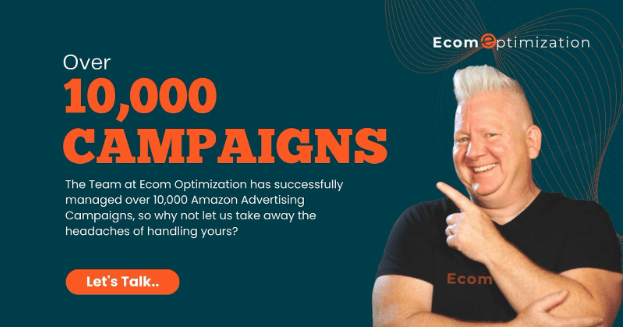
With over 10,000 Amazon Advertising campaigns under our belt, why not let the team at Ecom Optimization take away the frustration of setting up and optimizing your Amazon Ads?
Conclusion
ACoS is an essential metric for Amazon sellers who want to optimize their advertising spend and improve their ROI. By setting realistic goals, monitoring your campaigns regularly, using negative keywords, and optimizing your product listings, you can lower your advertising costs, and ACoS will tell you how your doing.
FAQ:
Q: Is a lower ACoS always better?
A: Generally yes, a lower ACoS is generally better because it means you are spending less on advertising to generate more revenue. However, this is not always the case. When trying to win in organic results, sometimes it is wise to suffer with a high ACoS until you win organically. Also, ACoS does not give the whole picture. To see what we mean, check out Sean Farrington’s epic post on Amazon PPC.
Q: What is a good ACoS?
A: A good target ACoS% depends on your business goals and industry. However, a general rule of thumb is to aim for initial campaigns is to aim between 30% to 40%, then pull that Benchmarker report to refine more. And then use optimization to get even better!
Q: How often should I monitor my ACOS?
A: You should monitor your ACOS regularly, at least once a week, to see conversion rate and ensure that your ad spend is generating sales efficiently. You can adjust your bids or target audience based on your ad performance.
Q: What is a good ROAS?
A: A good ROAS depends on your profit margin and advertising goals. Generally, a ROAS of 4-5 is considered good for most products.
Q: Can I optimize my ad campaign for both ACoS and ROAS?
A: Yes, you can optimize your ad campaign for both metrics by using an optimization strategy that takes both metrics into account.


